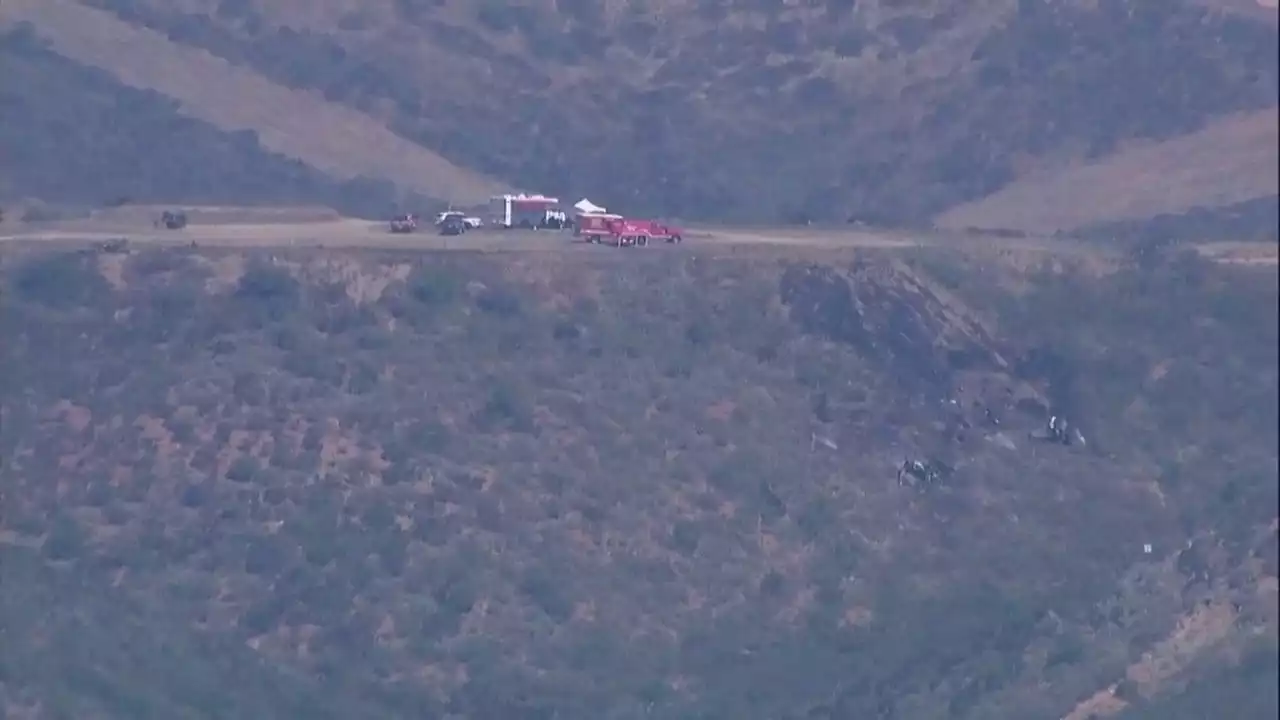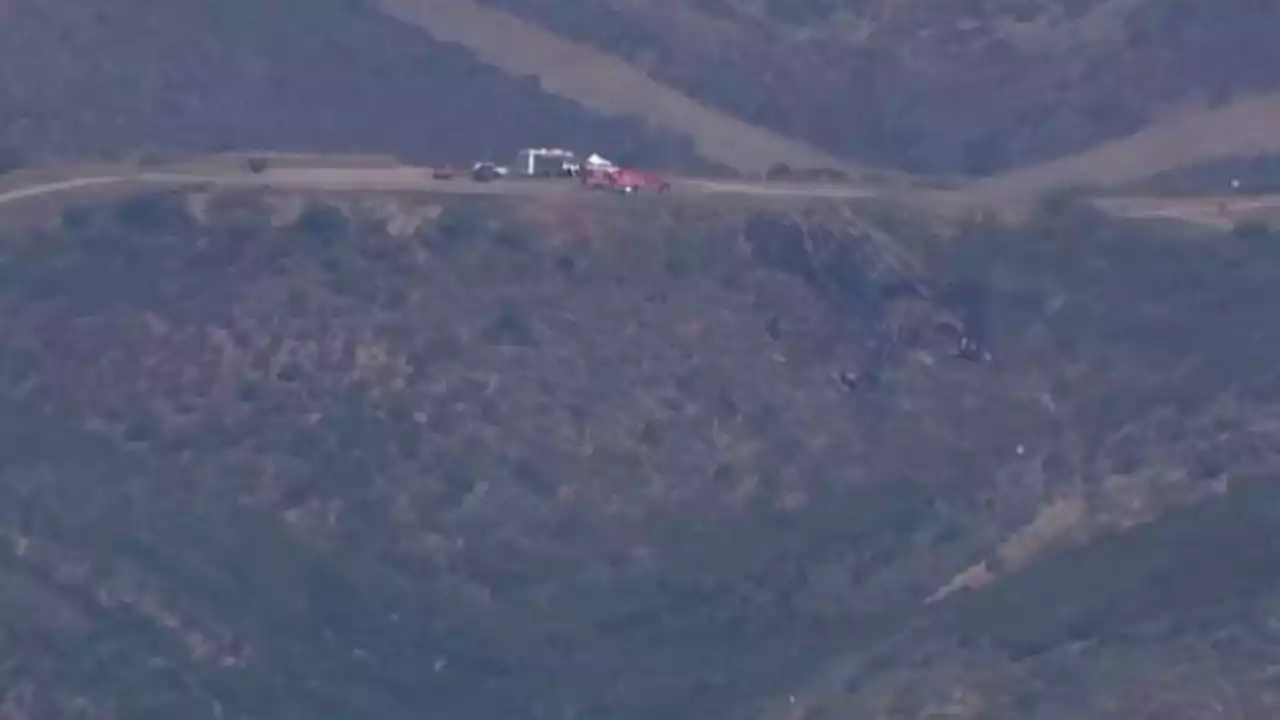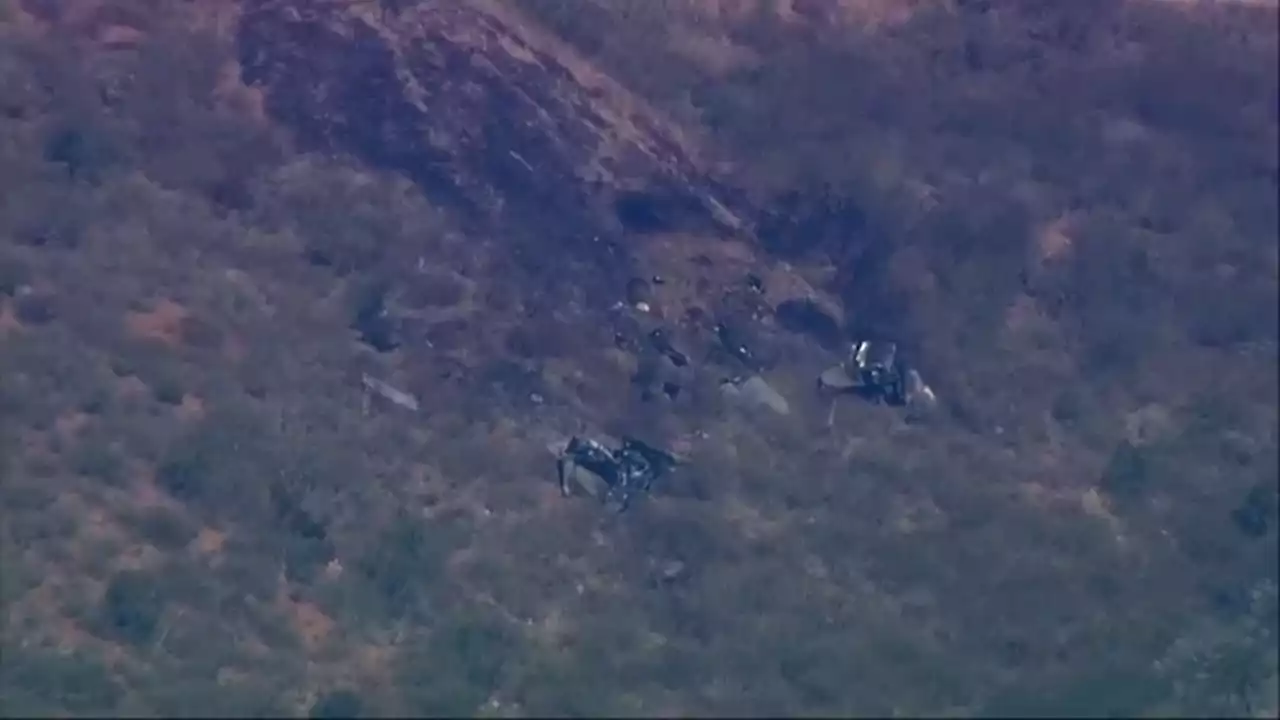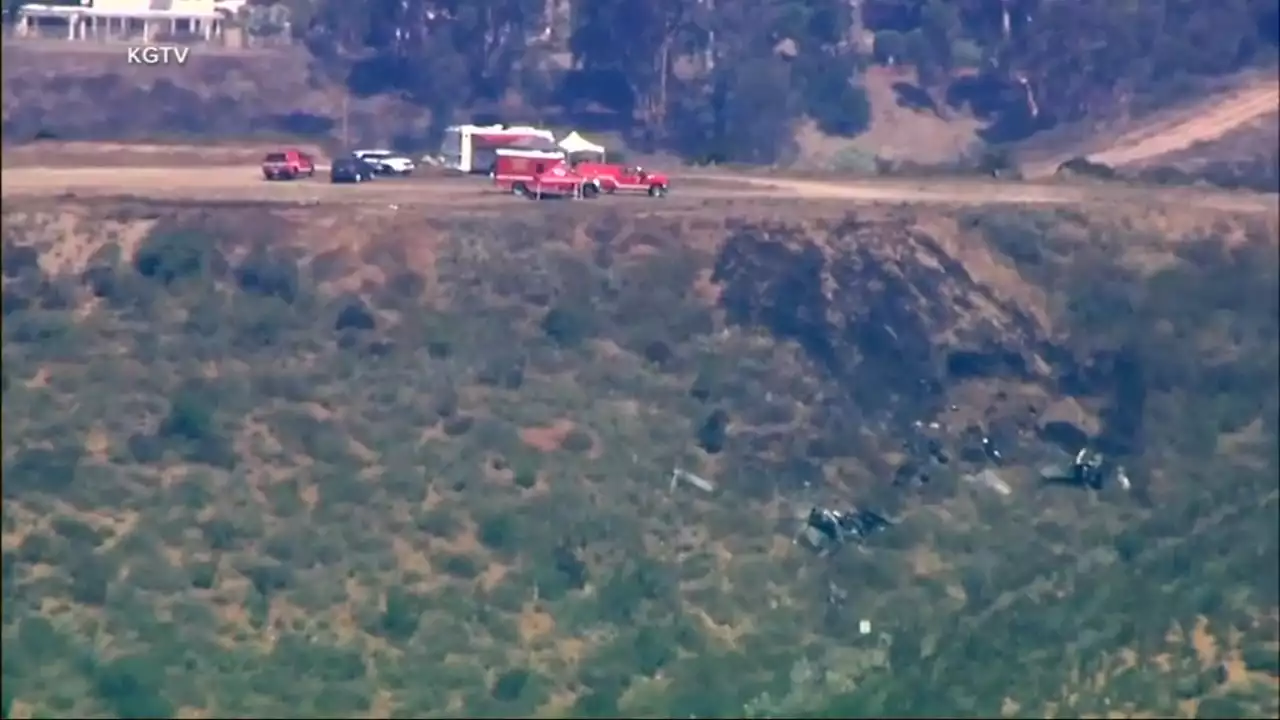On Saturday, the U.S. Marine Corps identified the marine who died in an F/A18D hornet crash during a training exercise.
The pilot killed in a US Marine Corps F/A-18 Hornet fighter crash Thursday night in Southern California has been identified.
The F/A-18D Hornet went down at 11:54 p.m. Thursday near Marine Corps Air Station Miramar and searchers recovered the pilot at the site, the 2nd Marine Aircraft Wing said in a statement from its headquarters in Cherry Point, North Carolina.
United States Latest News, United States Headlines
Similar News:You can also read news stories similar to this one that we have collected from other news sources.
 US F/A-18 Hornet crash near San Diego leaves Marine Corps pilot deadA Marine Corps pilot was killed when a F/A-18 Hornet crashed late Thursday near San Diego's Marine Corps Air Station Miramar, officials say.
US F/A-18 Hornet crash near San Diego leaves Marine Corps pilot deadA Marine Corps pilot was killed when a F/A-18 Hornet crashed late Thursday near San Diego's Marine Corps Air Station Miramar, officials say.
Read more »
 Fighter jet pilot killed in crash near Marine Corps Air Station Miramar near San DiegoA pilot was killed Thursday in a F/A-18 Hornet fighter jet crash in a remote part of Marine Corps Air Station Miramar near San Diego.
Fighter jet pilot killed in crash near Marine Corps Air Station Miramar near San DiegoA pilot was killed Thursday in a F/A-18 Hornet fighter jet crash in a remote part of Marine Corps Air Station Miramar near San Diego.
Read more »
 Search is on for pilot of Marine jet that crashed near San DiegoSearch and rescue operations were ongoing early Friday after a U.S. military fighter jet crashed overnight near Marine Corps Air Station Miramar outside San Diego, authorities said.
Search is on for pilot of Marine jet that crashed near San DiegoSearch and rescue operations were ongoing early Friday after a U.S. military fighter jet crashed overnight near Marine Corps Air Station Miramar outside San Diego, authorities said.
Read more »
 VIDEO: Marine Pilot Missing After Fighter Jet Crashes Near MiramarOfficials are working to determine what happened to a pilot when a F/A-18 Hornet fighter jet crashed late Thursday in San Diego, California.
VIDEO: Marine Pilot Missing After Fighter Jet Crashes Near MiramarOfficials are working to determine what happened to a pilot when a F/A-18 Hornet fighter jet crashed late Thursday in San Diego, California.
Read more »
 Pilot killed in US military jet crash in California identified: officialsOn Saturday, the U.S. Marine Corps identified the marine who died in an F/A18D hornet crash during a training exercise.
Pilot killed in US military jet crash in California identified: officialsOn Saturday, the U.S. Marine Corps identified the marine who died in an F/A18D hornet crash during a training exercise.
Read more »
 Motion-sensing cameras set up along protected California shoreline show impact of coyotes on intertidal habitatsA trio of ecologists and marine biologists at the University of California has found that coyotes are a more consistent consumer of marine fauna in intertidal habitats along California's shores than previously thought. In their study, reported in the journal Food Webs, Zoe Zilz, Stephanie Copeland and Hillary Young set up motion-sensing cameras along protected shorelines in southern California.
Motion-sensing cameras set up along protected California shoreline show impact of coyotes on intertidal habitatsA trio of ecologists and marine biologists at the University of California has found that coyotes are a more consistent consumer of marine fauna in intertidal habitats along California's shores than previously thought. In their study, reported in the journal Food Webs, Zoe Zilz, Stephanie Copeland and Hillary Young set up motion-sensing cameras along protected shorelines in southern California.
Read more »
